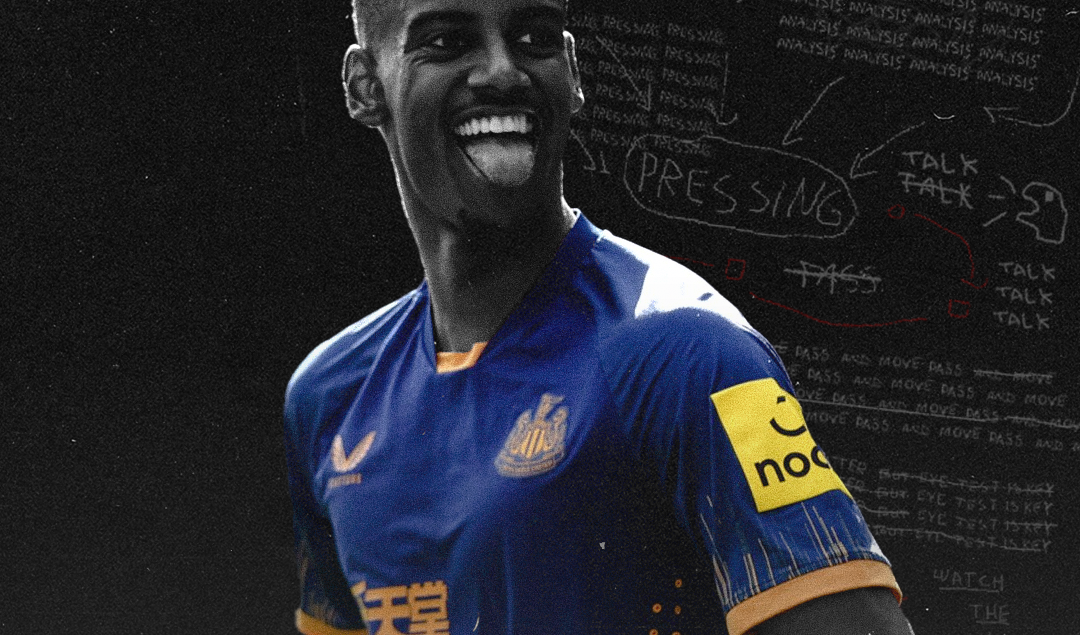Why British Clubs Are Falling in Love with Scandinavian Talent
British football has always been open to influence from abroad. From the early days of continental coaches introducing new training methods to the modern Premier League packed with international stars, the game has thrived on ideas from elsewhere. Yet, in recent seasons, a particular trend has begun to emerge: the growing Scandinavian influence on English football.
The New Nordic Wave
Clubs across the country are increasingly turning to players from nations such as Norway, Sweden and Denmark, but the Premier League has seen waves of Scandinavian players before. The 1990s brought cult heroes such as Peter Schmeichel, Henrik Larsson, Tore André Flo, Freddie Ljungberg and the Svensson brothers. Their blend of technical quality, reliability and work ethic earned them lasting admiration. However, today’s influx is not built on nostalgia; it is driven by data, development, and a shared footballing philosophy that suits the modern British game.
In recent years, dozens of Scandinavian players have made their mark across British football. Erling Haaland has redefined what a striker can be, Martin Ødegaard has become Arsenal’s creative heartbeat, and Alexander Isak’s movement and finishing lifted Newcastle to new heights before a transfer saga resulted in a British record fee in excess of £125 million to Liverpool. In the Championship, clubs such as Ipswich, Birmingham, Southampton, and Leicester have all scouted heavily in Denmark and Sweden, recognising the value and adaptability of players from the region who ply their trade in different leagues.
Recruitment teams increasingly view Scandinavia as a goldmine for affordable, well-coached footballers. Wages remain modest compared to those in mainland Europe, and many players emerge from academies with a strong tactical foundation and fluent English, giving all the potential for making the transition smoother both on and off the pitch.
Why It Works
Scandinavian football has quietly built a reputation for producing intelligent, tactically versatile players. Countries such as Denmark and Norway have invested heavily in youth development, focusing on technical ability, positional awareness and game understanding rather than physicality alone. The result is a generation of players comfortable in multiple systems and positions – a perfect fit for the fluid, high-pressing style favoured in England.
Climate and culture also play their part. The Nordic work ethic aligns naturally with the intensity of British football. Players are accustomed to harsh conditions, disciplined team structures, and the expectation of earning their place. As one recruitment analyst put it recently, “You rarely get a bad attitude from a Scandinavian signing. They’re professional, grounded and willing to adapt.”
Managers, too, have begun to make their mark. Thomas Frank’s work at Brentford has been a revelation. His calm, detailed approach has transformed the club into a model of smart recruitment and tactical cohesion. He went on to attract interest from a range of top clubs looking to acquire his services, before earning a bumper contract at Tottenham Hotspur, where he has begun the 2025/26 with great intent.
Value in the Market
There is also a financial dimension to the trend. Scandinavian clubs have become renowned for developing talent ready for export, much like the Portuguese and Dutch models. British clubs, facing inflated prices domestically, are now looking north for value. The Allsvenskan in Sweden and Eliteserien in Norway have both seen record transfer fees in the past seasons, largely due to Premier League and Championship interest.
For example, Swedish striker Viktor Gyökeres’ rise from Brighton prospect to Sporting Lisbon star has underlined the potential profit in spotting Nordic players early. At the beginning of the current season, Gyökeres rightfully earned a landmark move to Arsenal for a fee around £65 million following an impressive return of 97 goals and 28 assists in 102 games for the Portuguese giants. Likewise, Mikkel Damsgaard’s move from Sampdoria to Brentford showed how carefully scouted Scandinavian talent can fit seamlessly into the Premier League’s demands.
Recruitment teams now rely on sophisticated analytical models and comparison tools – much like a multi lay calculator used for assessing multiple outcomes – to evaluate player performance, financial risk, and market value before finalising transfers.
Agents and scouts report that English clubs view Scandinavia as a “safe” recruitment market – not only for quality but for character. Young players often grow up watching the Premier League, following its culture and speaking fluent English. The adjustment time that can sometimes stall foreign signings is far shorter.
One of the latest names to underline this Scandinavian surge is Sverre Nypan, the 18-year-old Norwegian midfielder who joined Manchester City in the summer for a fee of £15 million. Highly rated for his composure, vision and tactical maturity, Nypan arrived from Rosenborg as one of Europe’s most sought-after young prospects. Pep Guardiola opted to loan him out to Championship side Middlesbrough to gain valuable first-team experience in English football.
The move mirrors City’s wider approach to developing young overseas talent – exposing them early to the physicality and tempo of the English game before aiming to integrate them into the Premier League setup. Nypan’s rapid adaptation at Boro has only strengthened the argument that the Scandinavian footballing education equips players with both the discipline and intelligence to thrive in British football, with an almost guaranteed view of his value increasing exponentially.
A Shared Football Identity
Another reason for the strong connection lies in style. British and Scandinavian football share a history of direct, physical play, but both have evolved. Denmark and Norway now encourage a possession-based approach built on structure and pressing, while Sweden has embraced data and sports science at every level. The blend of modern technique with traditional discipline mirrors the evolution of English football itself.
Players such as Ødegaard and Haaland symbolise that balance – technically gifted yet relentless in their work rate. It is no coincidence that managers like Pep Guardiola and Mikel Arteta trust Scandinavian players in leadership roles. They bring a quiet authority and professionalism that fit the demands of the modern game.
